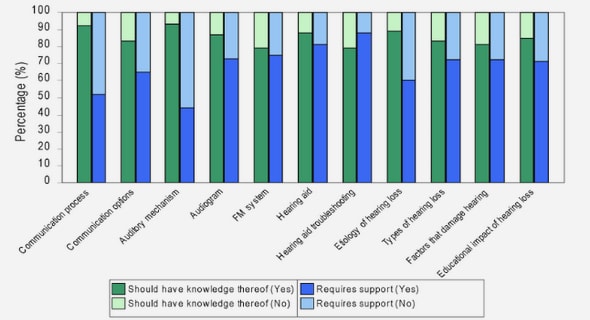(Downloads - 0)
For more info about our services contact : help@bestpfe.com
Table of contents
1. INTRODUCTION
1.1. Genus Populus
1.2. Poplar hybrids
1.3. Poplar cultivation
1.4. Problematic and thesis objectives
2. STATE OF THE ART
2.1. Water use efficiency at different integration scales
2.1.1 At leaf level
2.1.2 At whole plant level
2.2. 13C discrimination as an estimator of intrinsic transpiration efficiency
2.3. Other sources of variation in 13C signals: isotopic signature of different organic compounds
2.4. Use of oxygen isotopes as estimator of stomatal conductance
2.5. 18O enrichment in the leaf
2.5.1. 18O enrichment of leaf water at the sites of evaporation
2.5.2. 18O enrichment of leaf organic matter
2.6. Dual isotopic approach (13C and 18O)
2.7. Age effect and potential causes
2.8. Sampling strategies to study age effect
2.9. Common problems in tree ring isotopic study
2.9.1. Choice of a wood component for isotopic analysis
2.9.2. Correcting chronology for trends in atmospheric 13C
Transition
CHAPTER 1: Genotype differences in 13C discrimination between atmosphere and leaf matter match differences in transpiration efficiency at leaf and whole-plant levels in hybrid Populus deltoides !
CHAPTER 2: Vapour pressure deficit during growth does not affect the ranking of Populus nigra
genotypes for transpiration efficiency at leaf as well as at whole tree level
CHAPTER 3: Time course of !13C in poplar wood: genotype ranking remains stable over the life cycle in plantations despite differences between cellulose and bulk-wood
CHAPTER 4: Age related trend in !13C does affect the genotypic ranking in 3 Populus ! euramericana genotypes: A synchronic approach.
GENERAL DISCUSSION AND CONCLUSION


